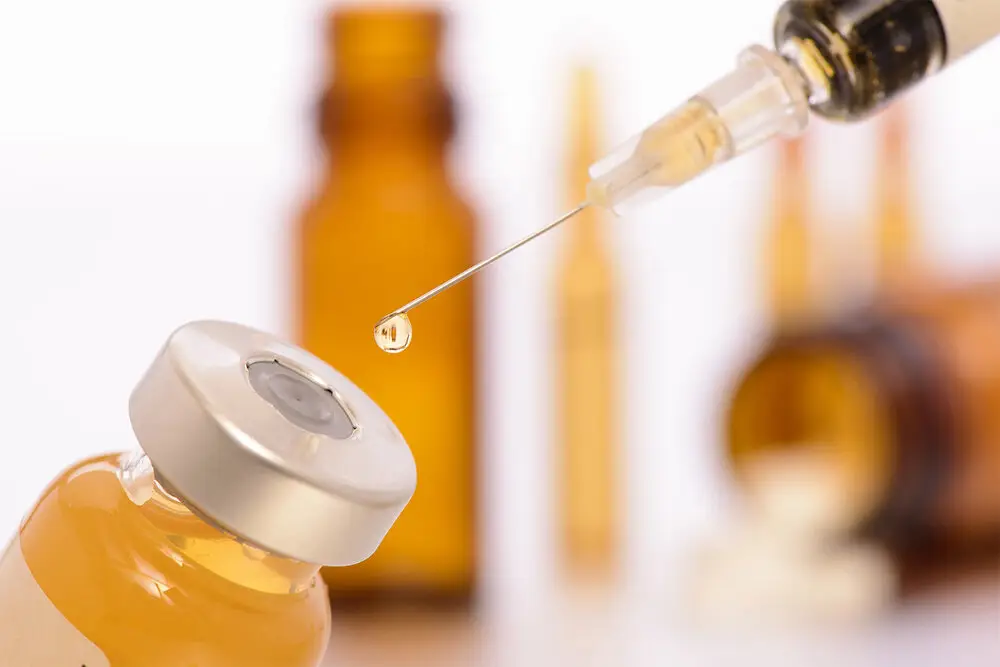ARE CORTISONE INJECTIONS USEFUL FOR TENNIS ELBOW?
It’s really common for patients with tennis elbow to present to the GP, who will then take a quick look and hand over a cortisone injection referral. Is this really the right path though?
For you to know if a cortisone injection (corticosteroid) is useful or not, you must first understand how tennis elbow occurs and how cortisone injections work.
As we mentioned above, tennis elbow is an overuse injury, but it results in tendon thickening and changes in the tissue structure. Although previously, it was thought that the primary injury was due to inflammation, the latest research shows the complete opposite.
Cortisone is injected to reduce inflammation within the local tissue. Thus, if tennis elbow shows to have minimal to no inflammation, cortisone injections are unnecessary and can have a negative impact on the healing process (Coombes et al, 2013), (Alfredson et al, 2000), (Alfredson et al, 2001).
Recent research has shown that cortisone injections break down the local tissue, especially when numerous injections are used (McAlindon et al, 2017), (Cardone et al, 2002), (Matzkin et al, 2017). This can then result in tears within the muscle or tendon.
72% of those that opt for cortisone injection, have shown to have a reoccurrence of tennis elbow within 12 months (Mardani-Kivi et al, 2018), (Coombes et al, 2013).
Recent research has shown further discouragement of Cortisone injections by suggesting the little inflammation that does occur in this injury is necessary for healing and by using cortisone injections, you are reducing the amount of inflammation and healing needed for good recovery (Luk et al, 2014).
Corticosteroid injections have shown to have no intermediate (6 weeks) or long-term (6 months onwards) benefits compared with a placebo injection (Smidt et al, 2001).
WHAT DOES CURRENT RESEARCH SUGGEST – WHAT IS THE BEST THING TO DO FOR YOUR TENNIS ELBOW?
To suggest one thing, is to do a disservice to humans and injuries. Because we all are different as humans and everyone’s demands are different, it would be unwise to prescribe the same treatment for everyone.
However, one modality that research all suggests is that conservative management is recommended as the first line of treatment (Bisset et al, 2015). Physiotherapy has shown significant improvements compared to placebo and the ‘wait and see approach,’ (Mardani-Kivi et al, 2018).
In summary, there are many contributing factors to Tennis Elbow – your job, the demand on your arm and the presence of other contributing conditions. Thus, it is extremely important for an experienced physiotherapist to properly assess and guide the rehab program while factoring in any other additional factors.
We at Agape Physiotherapy have a great interest and experience in tennis elbow and would love to help you!
Give us a call to ask any questions or to book an appointment.





